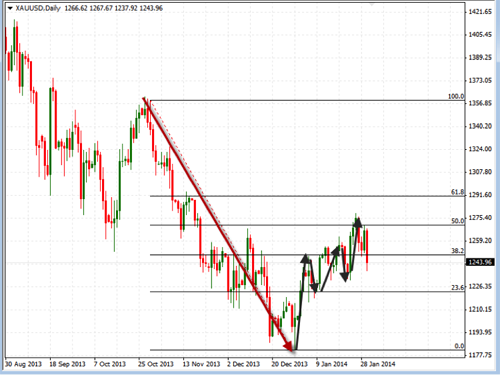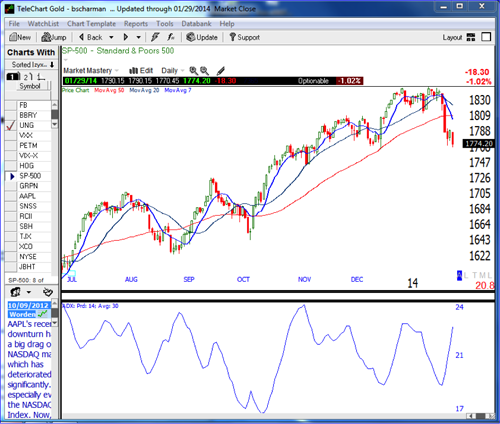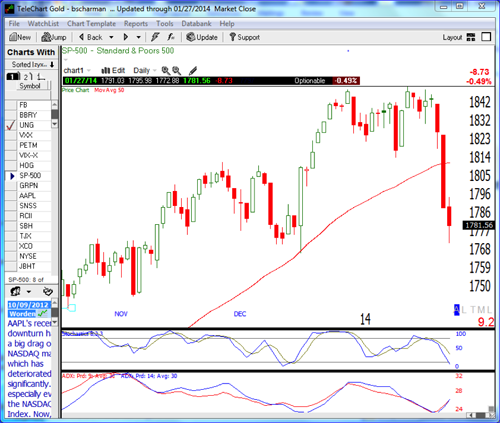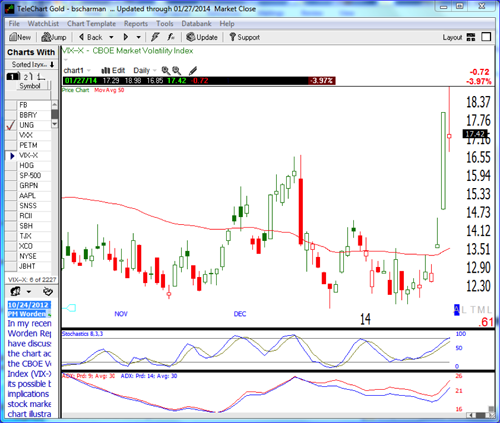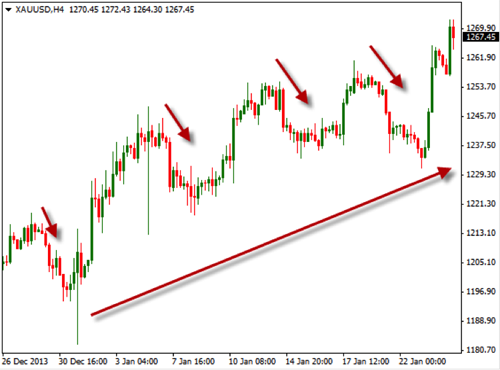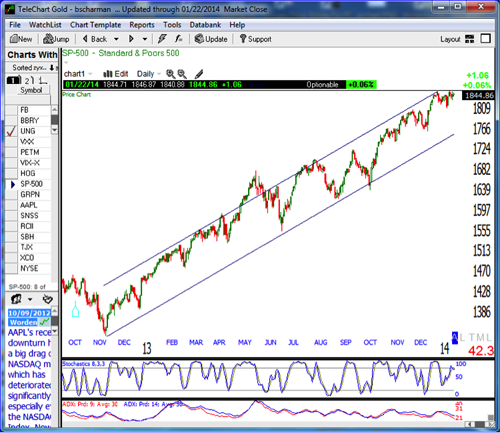Today I’d like to discuss one of the most important elements to trading, which is ‘risk management’. To me, risk management is more important than the trading system that you use, including the rules for entries or exits or trade management. You can have a great system, but without good risk control, you could still be a poor trader because you may risk too much of your account at any one time or one specific trade.
The first thing to understand about managing your account risk is that you should never get into a situation where you are risking your account on just one or a few trades. A good rule of thumb to follow is to risk only about 1% (2% maximum). In other words, risk only 1% of your account on any one specific trade and also limit the total number of trades to a maximum of 10 trades, or 10% total risk at any one time. To do this, it is important that you use proper stop-loss and trailing stop orders when you get into trades. You will be able to sleep well at night, much better knowing that you will never be in an overleveraged position.
Before ever entering a trade, you should determine what that risk per trade is in terms of dollars. If we have a $10,000 account, we can then risk up to $100 per trade – $10,000 x 1%). This will help us determine the position size or the total number of shares to trade or the position size based on the $100 maximum risk. The way to calculate the position size is to calculate the risk per share. To determine the risk per share, we calculate the difference between the entry price and the initial stop-loss level. For example, if our entry price is $25 per share and our initial stop-loss is set at $24 (I believe that a stop-loss level based on support or resistance is better than a predetermined set stop-loss level), based on this example, the risk per share would be $1 per share, so we would trade 100 shares and limit our risk to a maximum 1% for this trade. This will help us limit our risk and not accept more risk than is prudent per trade.
So to review, the keys to limiting our risk are to always determine the max risk you are willing to take per trade based on 1% (2% max), always use a stop-loss to determine proper position size of the trade, and then be sure to limit the number of trades to keep out total risk under 10%.
In conclusion, no matter what you trade or what your trading system is, there is always risk in the market and the key to long-term success is using risk management to control that risk. This will allow you to trade without undue anxiety and will also help to control the trading emotions of fear and greed.
